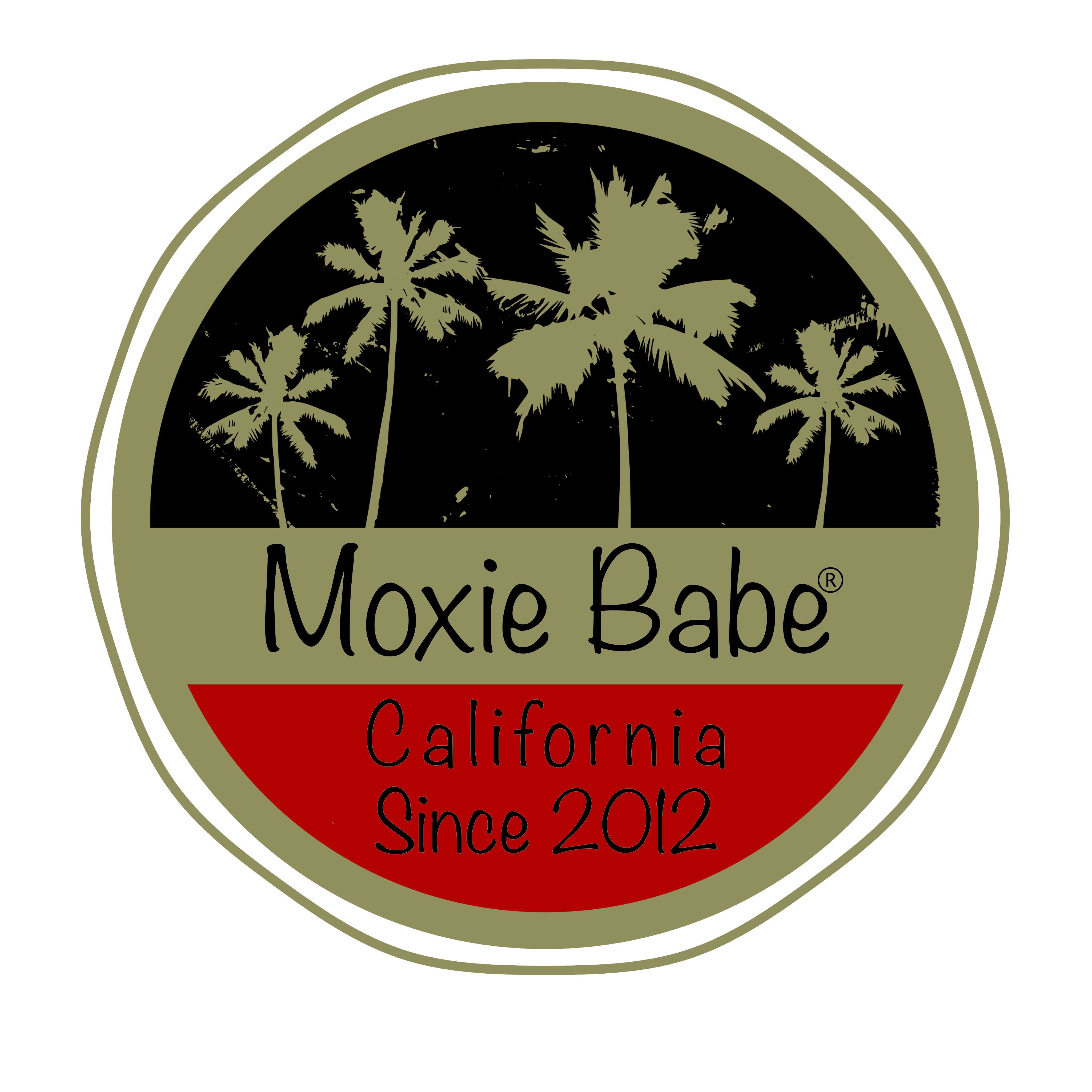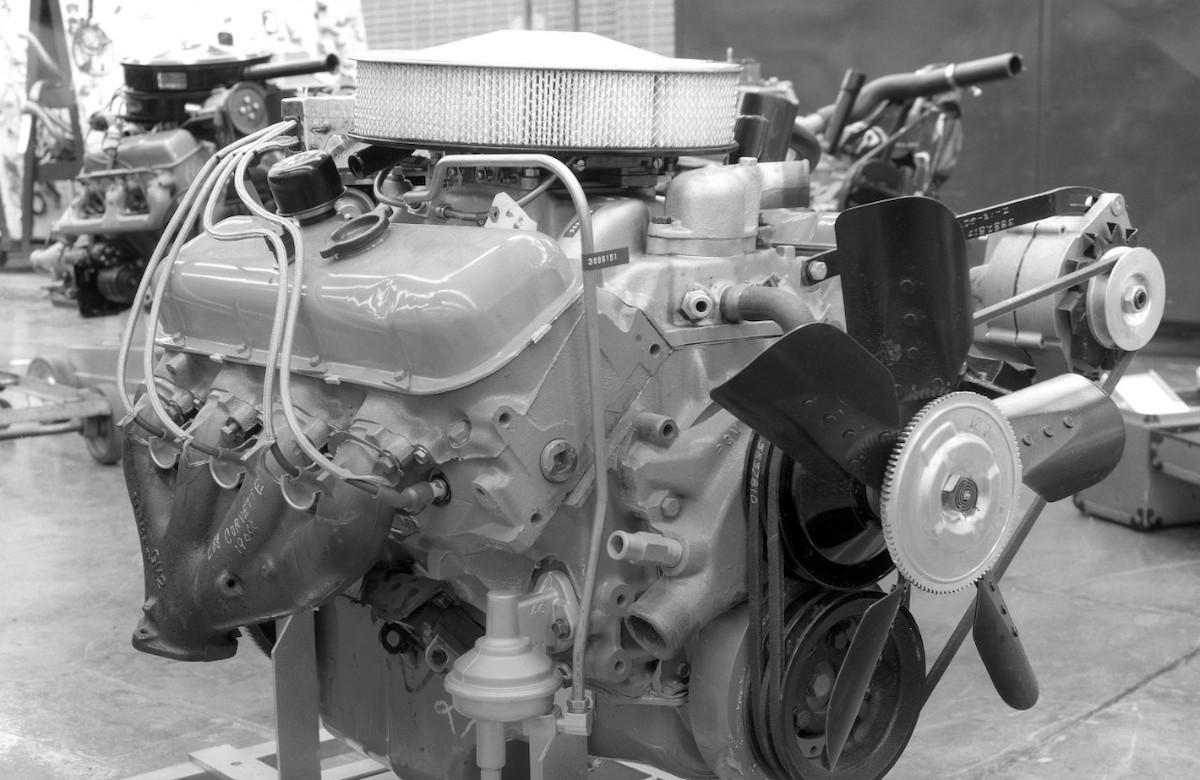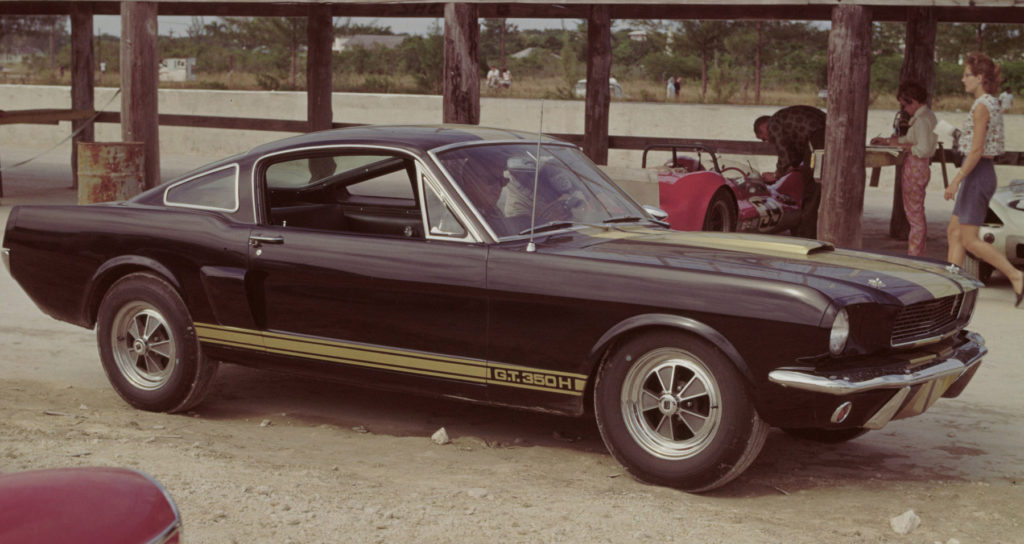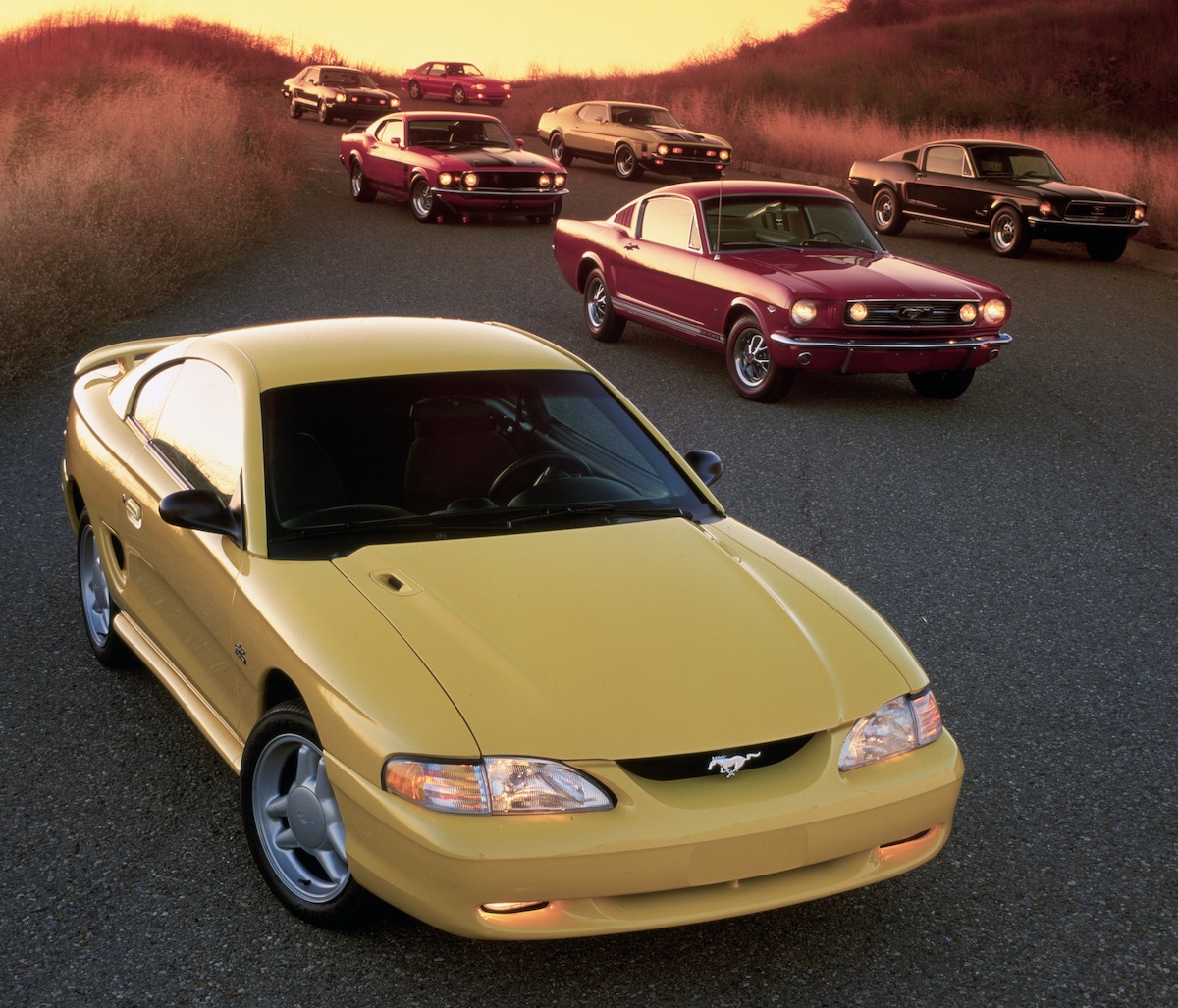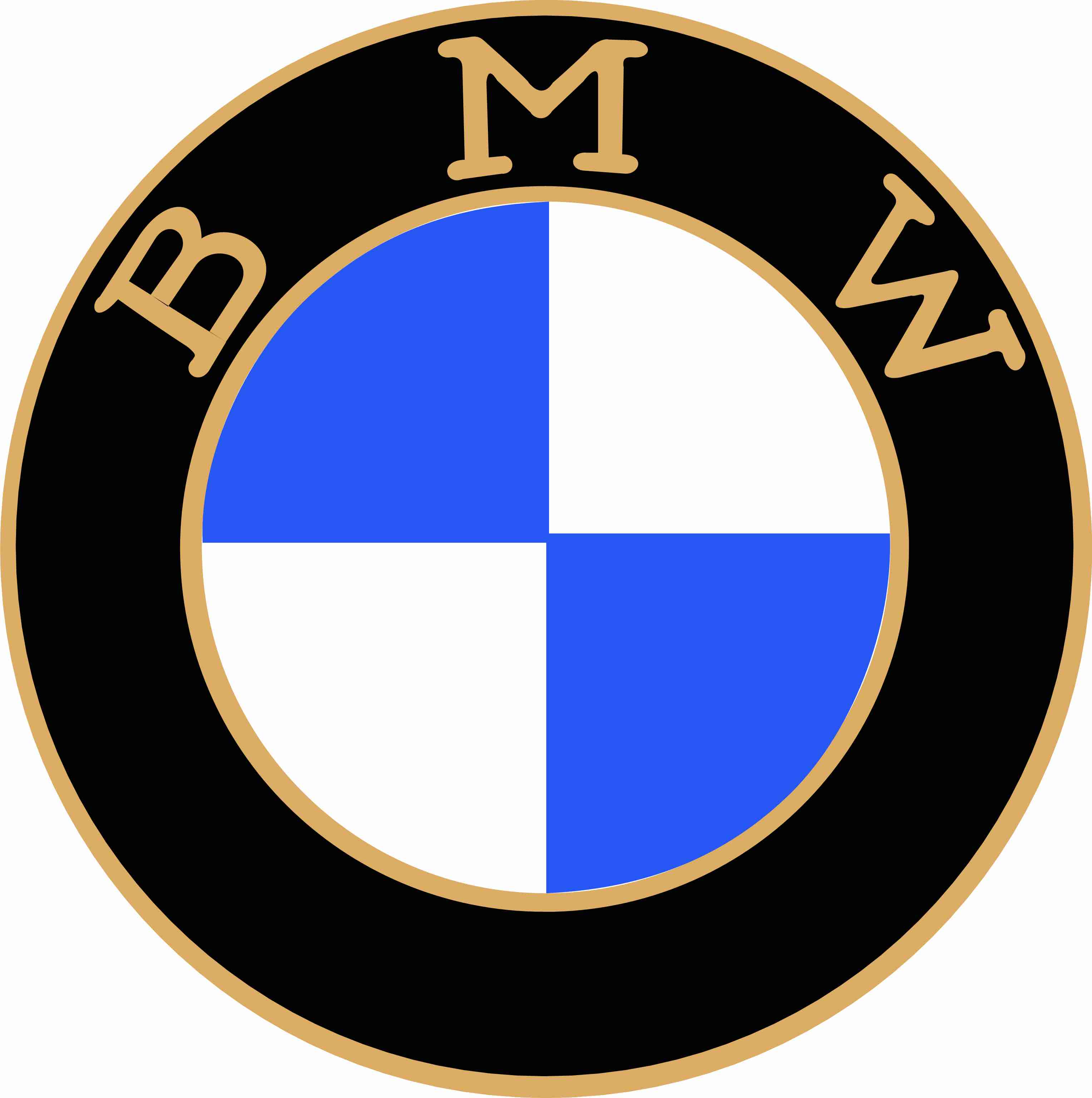Chevrolet has produced more of the world’s most popular V8 engines than any other manufacturer in the world. From bad ass production car like he Corvette, Camaro, Chevelle to outright racing engines, Chevrolet’s engines are hugely popular. Moreover, small block Chevrolet engines remain the top choice for retro cars, kit cars and engine swaps. Let’s take a step back to see some of the most iconic Chevrolet performance engines ever.
409

The forerunner of the famous Chevy Big Block engine family, the 409 engine debuted in the 1961 Chevrolet lineup and quickly found favor with racers for its strong torque and high horsepower capability. The factory rating reach 425 horsepower, making it a powerhouse in NHRA’s popular Stock and Super Stock drag racing classes. The 409 was instantly recognizable by its W-shaped rocker covers. Not that this engine needed any publicity help, but the Beach Boys wrote a piece about it, which you view here.
427 Mystery

In 1963, NASCAR racer Junior Johnson raised eyebrows with a blistering performance at a Daytona 500 qualifying race. The 427-cubic-inch engine – dubbed the “Mystery V-8” in a magazine story – powering his race car was specially developed by Chevrolet and included design elements that would evolve into the Big Block family. There were big plans for officially named “Mark II” V-8, but a corporate edict pulling GM brands from organized racing limited its potential.
Camaro Z28 5.0L

SCCA’s Trans-Am road racing series mushroomed in popularity by the late 1960s and Chevrolet’s new Camaro would offer great competition among the “pony car” competitors. Problem was, there wasn’t a suitable production engine in the lineup that met the series’ displacement limit. Leveraging the wide range of Small Block choices, engineers used the 4.00-inch bores of the 327 engine with the same 3.00-inch stroke of a 283 engine to arrive at 302 cubic inches. To homologate it for series eligibility, Chevrolet installed it in a special Camaro model ordered with the option code Z28 – and a legend was born.
427 ZL1

Originally developed for the Can-Am racing series, the 427-cubic-inch ZL1 engine was pushed into a second life when enterprising Chevrolet Dealer Fred Gibb used Chevy’s special ordering system known as COPO to build 50 1969 Camaro models with the specialized, all-aluminum racing engine. Other dealers got wind of it and ordered their own, for a total of 69 ZL1-powered Camaros. The engine lived on in road racing, too, offering all the thundering power of a Big Block, but weighing more than 100 pounds less, thanks to its lightweight cylinder block and heads.
Small Block Second Generation NASCAR engine

Representing the first time Chevrolet had ever developed an engine package exclusively for NASCAR racing, the 1998 debut of the SB2 was a watershed moment in the brand’s motorsports legacy. It was based on the architecture of the classic Small Block, but used unique cylinder heads with a specific valve arrangement to enable greater high-rpm performance and durability than conventional, production-based cylinder heads. Jeff Gordon drove an SB2-powered Chevrolet Monte Carlo to the series championship that year.
R07 NASCAR Engine

Building off the success of the SB2 engine program, Chevrolet introduced the totally unique R07 racing engine in 2007. Using state of the art computational fluid dynamics to help optimize high-rpm airflow, the R07 was designed strictly for NASCAR racing, sharing nothing with previous Small Block or Big Block engine designs – although its “mirror port” cylinder heads are similar to those used in GM’s LS-family engines. The engine continues to power NASCAR Sprint Cup racers, who recorded 15 wins in 2015 and claimed a record 13th consecutive manufacturer title.
7.0L Corvette C6.R

From the drop of the very first green flag, the era of the Corvette Racing C6.R would be marked by spectacular achievements, including 39 wins in the GT1 class, championships from 2005-2008, 12 straight wins from 2005 to 2006 and 25 consecutive wins from 2007-2009. All those wins were backed by the power of a production-based 7.0L (427 cubic inches) racing engine. With deep-breathing cylinder heads leveraging a long legacy of Small Block development, the 7.0L engine proved powerful and durable.
Chevrolet/Ilmor 2.65L Turbo V-8

A special chapter in Chevrolet’s racing legacy started with the 1986 CART Champ Car series, when the brand partnered with England’s Ilmor Engineering – at the behest of Roger Penske – on a small-displacement, 2.65L turbo V-8 engine that would soon become racers’ preferred power plant. Its domination through 1992 was unequivocal, capturing 64 of 78 races, including six consecutive Indianapolis 500 wins.
